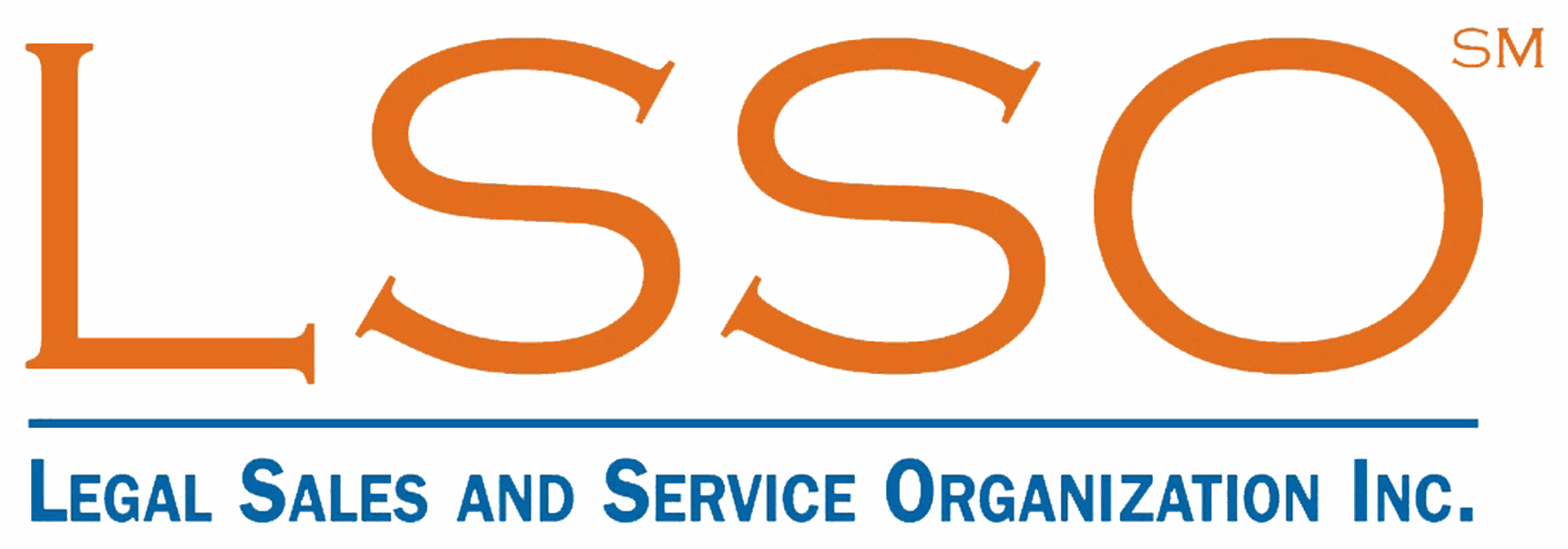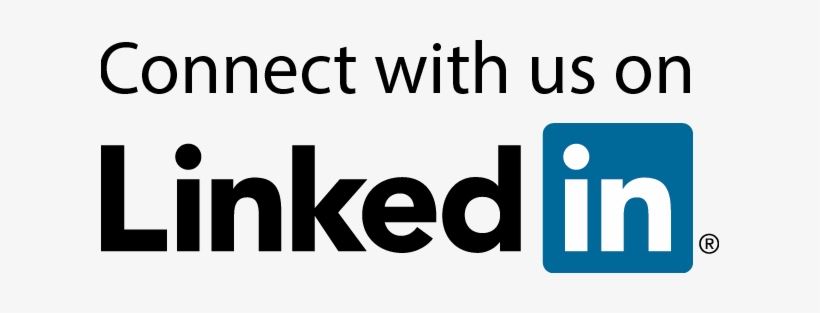By Adam Severson, Baker Donelson
We all have the same goal: more meaningful, trusted advisor relationships with our clients. Whether you’re a sales professional looking to expand services with a current client, a lawyer aiming to move up the value chain with a client to do more sophisticated work, or business development manager supporting lawyers in the pursuit of new opportunities, the deeper you dig into those client relationships – the more fulfilled and intellectually exciting your work will be. There’s frequently a tangential benefit of additional revenue, new service lines, and greater loyalty derived from these efforts. Successful client expansion efforts are best done with sound fundamentals with added complexities.
The Challenges
If everyone has the same goal, how is execution and success across the industry lukewarm at best? Short answer: very few people act without their own self-interest being the fundamental driver of their behavior. Long answer: the transient market we’re in today leaves people motivated to increase their own individual columns instead of taking a client-centric approach to growth. The best rainmakers act with their clients’ interests at the core of everything they do and ensure each approach for new work is based on uncovered needs derived from thoughtful, off-the-clock conversations.
With only 5-10 percent of the lawyer population at any given firm falling into “rainmaker” status, this leaves a lot of people with their hands out waiting for someone to deliver them their next opportunity. We’ve all been in meetings where there’s common cross-selling banter: they have employees, we should be doing their employment work; or they have real estate, we should be doing their real estate work. They rarely consider the myriad of factors like relationships, decision-making criteria, cost of doing nothing, or why would they be compelled to change counsel. With self-interest aside, other significant challenges continue to present themselves and get in the way of execution like time, capabilities, relationship strength, a “hook,” and trust. I could write 1,000 more words on each of these of these challenges, but this article is intended to be about overcoming obstacles, not perpetually shining a light on them as excuses to implementation.
The Fundamentals
Having sold to, for, and with lawyers for more than 20 years, I’ve attempted to simplify the sales process in a number of ways to help make client development easy. My latest iteration boils down to three key areas:
- Relationships
- Opportunities
- Commitment
Relationships. Below are a series of questions and considerations to ask when determining discussing a potential client target:
- Who do we know at the company and what levels? We employ a D.I.R.P. analysis which is assessing if a contact is a Decision marker, an Influencer, a Referral source, or a Personal connection.
- What is the strength of our relationship? This should be considered individually and institutionally.
- How do they view your firm? Are you a commodity provider for a high-volume area of work? Are you a trusted advisor for bet-the-company matters? Do some people love your firm at the company and others have disdain? Are there alumni within the organization that might “know you too well” or can they serve as your biggest advocates?
The answers to these questions will undoubtedly help determine a path forward. On many occasions over the years, we have a very strong personal connection with a single decision maker, but have a lesser company-to-firm relationship. This is just fine AND sets the stage for a different series of tactics that ought to be employed. For example, performing research on the company to uncover a latent need that could be raised to help the client, or seeking out introductions to different people with the legal department. On the flip side, do we have multiple relationships across different functional areas with varying levels within the organization? This is admittedly preferred AND sets a different set of tactics. In this instance, internal coordination and information sharing become paramount in your ability to uncover needs and fill them.
It's also possible that you don’t have answers to the questions above. That, too, is fine, but requires a modified approach. For example, if you don’t know how they view your firm, you should ask them, or better yet, employ a third-party to perform a client feedback interview. These interviews have served me well over years as it provides a road map for continued improvement and growth.
Opportunities. Below are a series of questions and considerations to ask when determining what opportunities may exist with a given client or prospect:
- What kind of work do we perform for them now? This is partially addressed by the question raised above about how they view the firm, but also sets the stage for additional market opportunity within a given segment.
- What kind of work do they have to give? How do they rely on outside counsel? How big is their legal department? What is the volume of work they manage? How do the matters break down from a “bet the company” and “run the company” perspective? What is their overall legal spend and what is your share of wallet?
- What is their decision-making process and criteria for dolling out work? Do they have a list of preferred provider firms? Do they adhere to that list? Are you one of the firms on that list? Do they issue RFPs on a matter by matter basis? Do they call their trusted advisor at a given firm, tell them their issue, and trust they’ll find the right resource to fill the need?
Some companies manage portfolios of litigation that span all 50 states and others will have a meaningful litigation matter present itself every 3-4 years. If it’s the former, presenting solutions to help them manage that portfolio, reducing their overall spend, and providing them with greater predictability in per case cost (settlement and fees) could be an angle to pursue. If it’s the latter, you may simply mention it from time to time that you recognize litigation isn’t a key area of need for them, but when it happens, they ought to know your bench strength and depth in the area with hopes of being considered when the issue arises. Too many times, lawyers go in selling litigation when their clients aren’t buying litigation that day (or year).
Commitment. Below are a series of questions and considerations to ask when determining if you’ve got the chops to be successful:
- Are you committed to working towards client-centric growth? If not, you can stop reading here.
- What kind of resources will it take to ensure your success?
- If the questions above yield a perceived ripe opportunity, what stands in your way of progress? Are these internal factors or external/client factors?
- How can you move the ball forward? What incremental steps will support your goal?
Commitment is typically where any good client target or team effort falls on its face. There is initial interest and enthusiasm for this wonderfully-vetted opportunity and then people aren’t willing to commit the time and energy to pursue it thoughtfully and consistently. The good news is that your competition frequently doesn’t have the intestinal fortitude to keep at it either. If you stay committed, good things will happen!
The Complexities
Now you’re excited: you are poised with thoughtful answers to your questions, you have identified a variety of needs, and you’re committed to take the next step on pursuing these targets. What do you do now? Insert favorite lawyer answer: “it depends.” There are a myriad of resources and tools out there to support each of the fundamentals outlined above. How you approach each of these areas, employ these tools, establish processes, and engage in discussion and action can take your client development efforts to the next level.
Each fundamental area of relationships, opportunity and commitment have resources to support you. I find it incredibly valuable to bring data to the conversation. For relationships, this could include identifying who knows whom from your CRM database or a strong sense of strength of relationship from your ERM database. For opportunities, this could include research on litigation trends, docket alerts, annual reports, and investor presentations. I’ve yet to identify a tool that provides meaningful and accurate legal spend data, but for asking your client about their outside counsel budget, whether it’s trending up or down and in which areas. For commitment, there are pipeline tools that provide prompts to execute a given activity or element of outreach. These tools coupled with smart, engaged, and intellectually curious professionals make a recipe for success.
Taking these efforts to the next level includes tapping into marketing automation tools that help you understand client engagement. Below is a snapshot of areas you can track to uncover some of the aforementioned latent needs.

This information can serve “warm leads” or conversation starters. Don’t let your lawyers say it’s too creepy! It’s 2021 and our phones track our every move, search, and comment. You’re simply harnessing that information to help more fully serve your client.
Next Steps
Few firms, if any, execute on the fundamentals and complexities at an optimal level for every client. You can employ some or all of the above to get started. The key is focusing on incremental gains, continued commitment to help, and removing self-interest. What are you going to do from here?
 Adam Severson is the Chief Marketing & Business Development Officer at Baker Donelson. He is a past President of the Legal Marketing Association, recent LMA Hall of Fame inductee, and a Fellow in the College of Law Practice Management.
Adam Severson is the Chief Marketing & Business Development Officer at Baker Donelson. He is a past President of the Legal Marketing Association, recent LMA Hall of Fame inductee, and a Fellow in the College of Law Practice Management.

